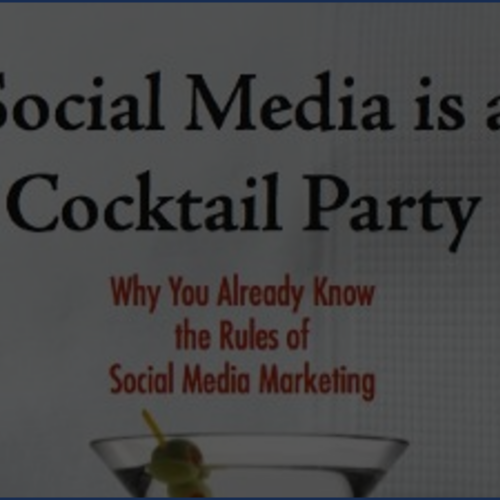
04 Dec How to Select the Best Social Media Channels for Your Brand
Deciding which social media platforms to be on can be overwhelming for brands today. With new channels launching and others declining in popularity, how do you know where to focus your efforts? Watch as SVPs Lisa Braziel and Misi McClelland talk about key factors in choosing social platforms with Senior Community Manager, John Wylie.
If you’d rather read along, we’ve also summarized the key takeaways on choosing channels for your brand in the article below.
Know Your Audience
As John, a senior community manager at Ignite, notes, “it starts with the audience and the people – people first.” Before deciding which platforms to use, research where your target demographic is spending time online. Understand which channels they use frequently versus infrequently. For example, while Gen Z uses Facebook, it may only be once a month whereas older generations visit more regularly.
Evaluate Overall Platform Strength
It’s important to assess the volatility and overall strength of each platform. For example, Twitter/X has been experiencing a lot of changes lately that brands need to consider. While you may have worked hard to build an audience there, the platform’s future direction seems uncertain. As Lisa, a SVP at Ignite, predicts, “I think a lot of brands are going to jump ship.”
Test With Paid Campaigns
As John mentions, brands don’t need to rush to establish an organic presence on every new platform that launches. Consider running some paid test campaigns first to gauge whether your messaging resonates with your target audience there. Paid ads also allow you to test niche platforms without committing to regular organic content production.
Make Content Creation Feasible
If research shows you need an organic presence on a given platform, make sure content creation is realistic for your team. For example, all brands may want to be on TikTok given its explosive growth. However creating quality videos consistently represents a heavy lift for some organizations. As Lisa notes, using user-generated content and influencer content can help ease the content burden for brands on video-centric platforms.
Analyze Performance Data
Platform selection shouldn’t rely on vanity metrics like follower counts alone. As Lisa explains, you need to analyze real performance data, including impressions, reach, and engagement rates per post. If the metrics don’t justify the time investment, it may not make sense to remain on a platform long-term.
Find Your Posting Cadence
As John notes, once you commit to an organic presence, you need to find the optimal posting cadence that works for your audience. Test to see how frequently your followers want to hear from you. Avoid blasting them with too many posts as that risks disengagement.
Foster Community
Simply distributing content isn’t enough – you also need to foster community, as John emphasizes. Make sure to continuously engage with your followers and cultivate an open, two-way dialogue with them on each platform.
Have an Exit Strategy
In such a dynamic industry, brands need to have an exit strategy for platforms that become less useful over time. As Lisa explains, when thinking about Twitter/X you may be able to move some of that existing X budget to more stable platforms like LinkedIn which offer strong targeting capabilities.
By focusing on data-driven decisions around audience, content, and performance, brands can determine the best platform mix to meet their social media objectives. But they also need to remain nimble and have backup plans as the social space continues evolving.
Need help with choosing social channels for your brand, or any other social media marketing support? Just complete the form below and we’ll get in touch quickly to start the conversation.






